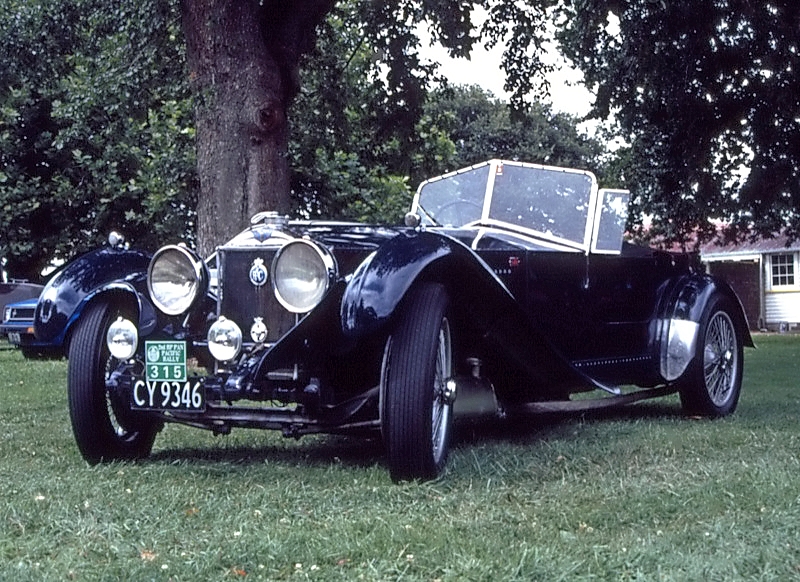By Alistair Kennedy
The Invicta had a relatively short production life. Introduced in the 1920s, the cars were hand-built in Surrey, England, until 1933.
It would appear that Noel Macklin, who conceived the design, was very impressed with Bentley cars as the Invicta had a Bentley-like appearance in more ways than one. If you compared the front-end styling and even the use of riveted bonnet panels, there was a strong similarity between the two makes.
By 1930 there were two versions of the
4.5 Invicta available. These were the high-chassis A-type and the much-lowered, charismatic S-type sports car. Both models carried price tags similar to that of the similarly-styled Bentleys.
In the original models, a Coventry-Climax engine was used, but shortly after its introduction, a more rugged six-cylinder, overhead valve engine fitted with two horizontal SU carburettors and developing
86kW was purchased from Henry Meadows of Wolverhampton.
This power unit, which came in a variety of sizes, including the 4.5-litre, was also supplied to Lagonda and other vehicle manufactures. An engine of this type was a good choice as it had loads of torque, giving the car lots of appeal to those who could afford it. With a top speed approaching 150km/h, the Invicta met most enthusiasts’ needs.
Still, it had a few drawbacks: the half-elliptical front and rear suspension gave a rock-hard ride, while the drum brakes, operated by a rod system, often failed to perform adequately.







